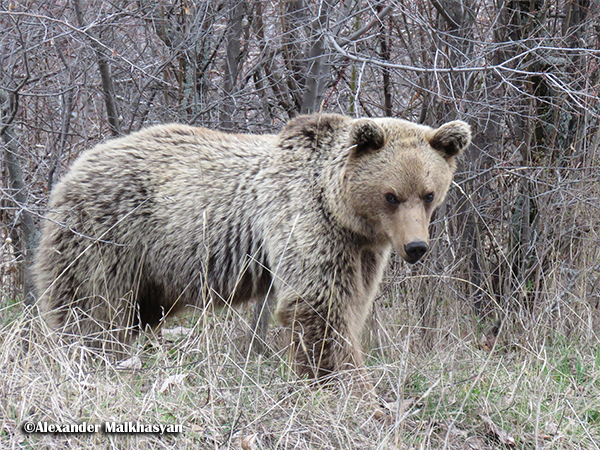

Our tours incorporate the whole range of habitats and elevations found in Armenia and focus on many of the most sought after birds of the South Caucasus region. Yet the tours are designed with less travel in mind to ensure that during your stay in Armenia you are enjoying nature and birds as much as possible, rather than spending most of time in a vehicle moving from one place to another.

Our acquaintance with the country includes a visit to wetlands and fish farms in the Araks River valley situated in the vast Ararat Plain, which gets its name from the Mount Ararat, dominating the whole area. The plain is the densest populated and agriculturally developed area in the country, but it still holds impressive selection of birds characteristic of wetlands, semi-deserts and anthropogenic landscapes. A one-day visit to the area in spring-summer commonly produces over 100 species of birds.
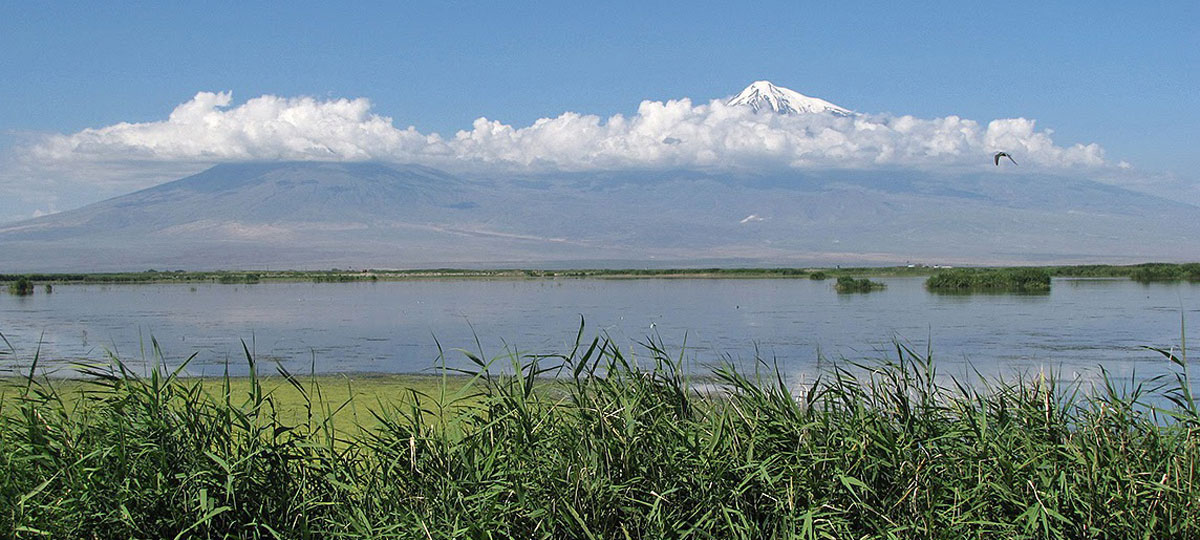
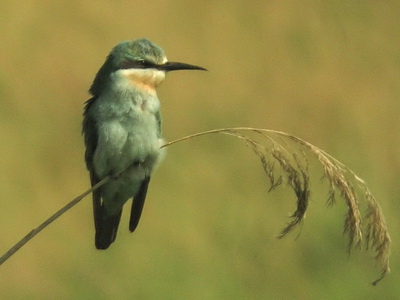
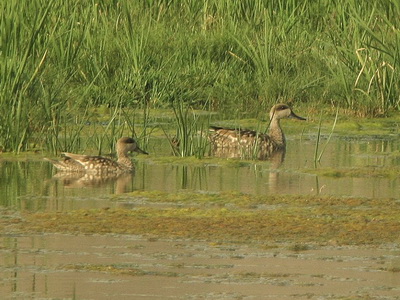
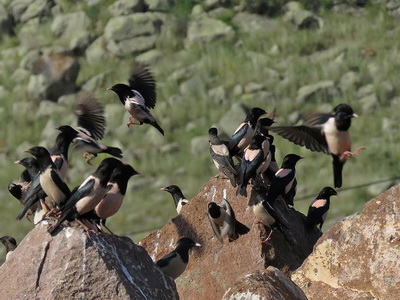
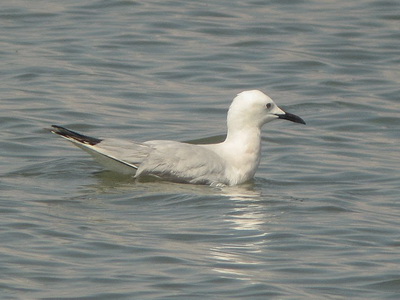
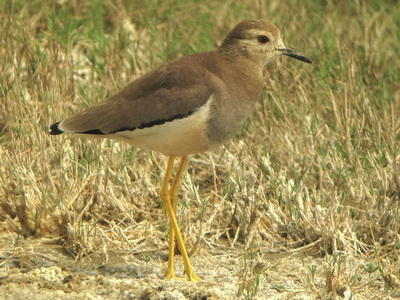

The fish farms here were established back in the Soviet era and are represented with medium to large ponds densely fringed with emergent vegetation and interconnected with complicated network of ditches. Because of insufficient management many ponds were overgrown with extensive reedbeds. Between the ponds and in the adjacent areas there are found shallow marshes and the remaining patches of saline semi-desert with characteristic plants like Saltwort, Tamarisk etc. Establishment of the fish farms with time has offered favourable condition for an outstanding variety of birds. Some of the common breeders of the area include Great Crested and Little Grebes, Pygmy Cormorant, Little Bittern, Night, Squacco and Purple Herons, Cattle and Little Egrets, Red-crested Pochard, Ferruginous Duck, Marsh Harrier, Water Rail, Black-winged Stilt, Redshank, Lesser Short-toed Lark, Black-headed Wagtail, Savi’s, Sedge, Eurasian Reed, Great Reed and Menetries’s Warblers and Bearded Tit. Less numerous or uncommon breeders here are Spoonbill, Glossy Ibis, Greylag Goose, White-headed Duck, Marbled Teal, Pied Avocet, Collared Pratincole, Kentish Plover, White-tailed Lapwing, Little and Whiskered Terns, Blue-cheeked Bee-eater, Moustached and Paddyfield Warblers and Reed Bunting. Spring and autumn migration offers here species like Dalmatian and White Pelicans, Sanderling, Little Stint, Curlew and Broad-billed Sandpipers, Dunlin, Black-tailed Godwit, Marsh and Terek Sandpipers, Slender-billed Gull, Gull-billed Tern, large flocks of White-winged Tern and sand Martin.
Almost every village in the Ararat Plain holds impressive breeding populations of White Stork and in May and June orchards are invaded with nomadic flocks of Rosy Starling.


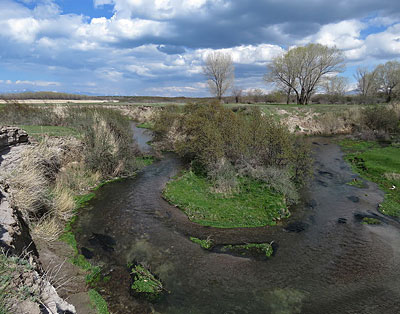
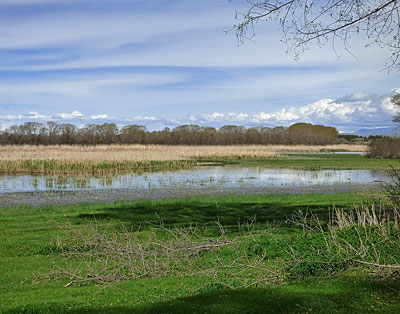
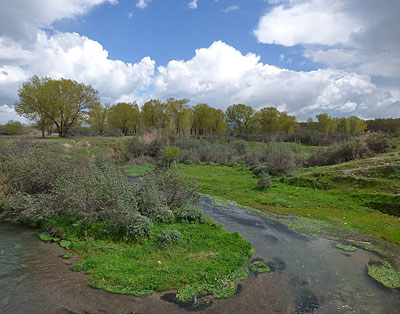
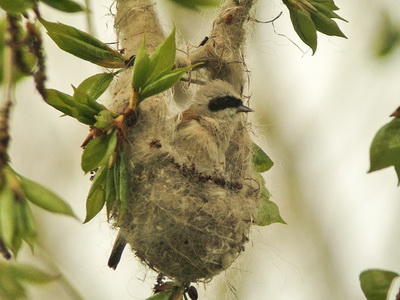
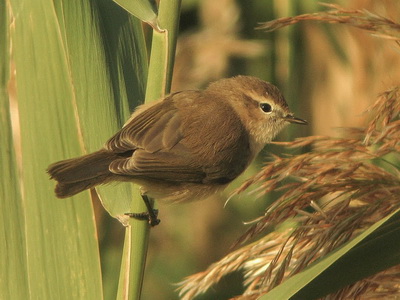

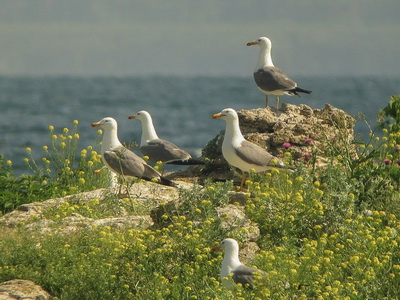
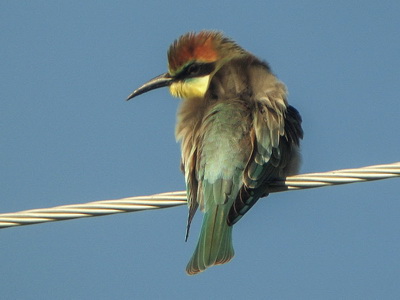

The other important wetland we visit is the Lake Sevan in the Lake Sevan National Park. This is not only the largest freshwater lake in the Caucasus, but also one of the largest high-altitude lakes in the World.
Back in the soviet era the shoreline of the lake has been extensively planted with poplar, pine and especially sea-buckthorn. The planted areas here are adjoining shallow wetlands, small lagoons and few small inland lakes, where we will stop in search of species like Great Crested and Black-necked Grebes, Great Cormorant, Night Heron and Cattle Egret, Grey Heron, Glossy Ibis, Ruddy Shelduck, Gadwall, Shoveler, Garganey, Ferruginous and Tufted Ducks. Abundance of prey attracts here Marsh Harrier, Goshawk and Peregrine. The lake holds one of the world's largest colonies of Armenian Gull. Waders at the Lake Sevan include Black-winged Stilt, Little Ringed Plover, Northern Lapwing, migrating parties of stints and sandpipers, Common Snipe, Ruff. Other birds to mention at the lake are Common, White-winged, Whiskered Terns and occasional Black Tern, Hoopoe, Roller. Tree plantations attract Woodlark, Tree Pipit, Mistle Thrush and Penduline Tit. Sea-buckthorn thickets are home to Cetti’s and Marsh Warblers and Caucasian Chiffchaff, Red-backed, Lesser Grey and Woodchat Shrikes. Sandy banks of the rivers flowing into the Lake Sevan host colonies of European Bee-eater and Sand Martin.

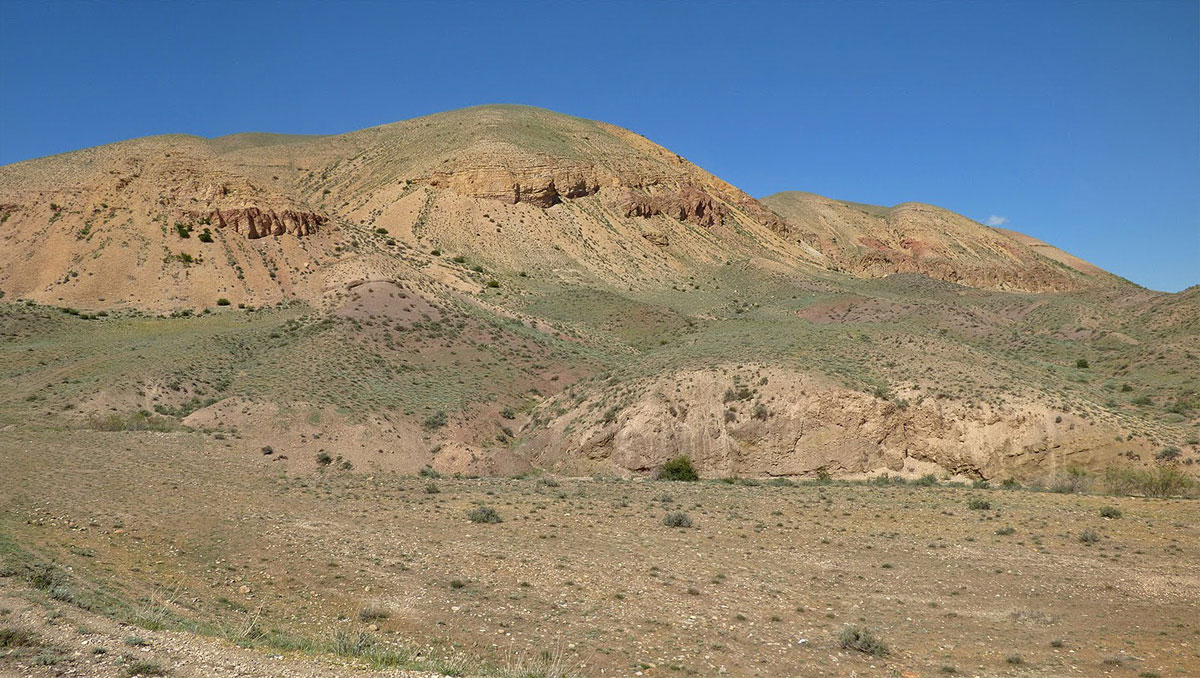
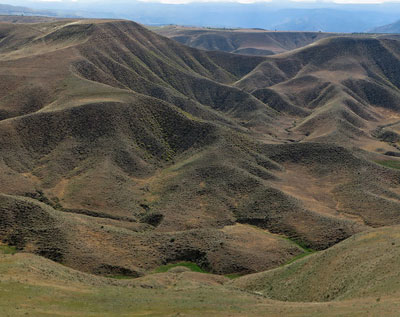
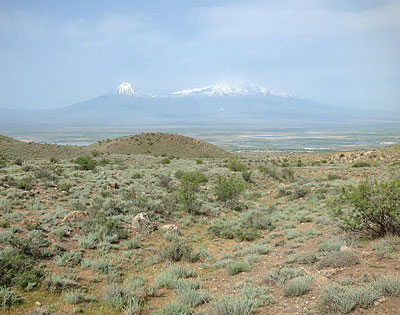
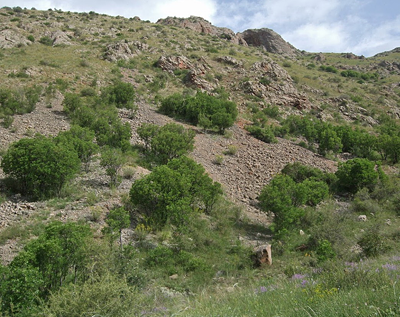


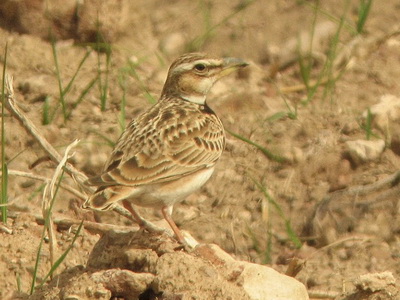


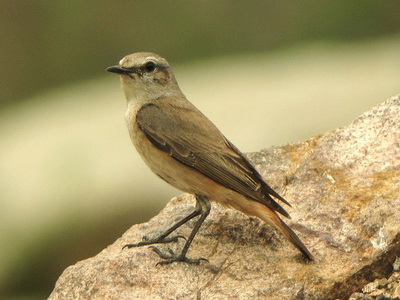
Rocky, clayey and sagebrush semideserts with ephemeral vegetation and arid mountain foothills sparsely covered with Tamarisk, wild almond, Pallas’s buckthorn and other xerophytic scrub are frequently encountered on our tours. These are usually rich in various rock outcrops and crags and attract some of the most sought after birds with restricted range in the Western Palearctic.
Specialists of more open habitats include Crested, Bimaculated and Greater Short-toed Larks, Tawny Pipit, Isabelline and Finsch’s Wheatears, Pale Rockfinch, Trumpeter and Desert Finches, Grey-necked Bunting. More vegetated areas offer Rufous Bush and White-throated Robins, Upcher’s and Eastern Orphean Warblers, Woodchat Shrike, Eastern Black-eared Wheatear, Black-headed Bunting. Rock exposures are inhabited with Red-tailed Wheatear, Eastern Rock Nuthatch, Rock Sparrow and Rock Bunting.


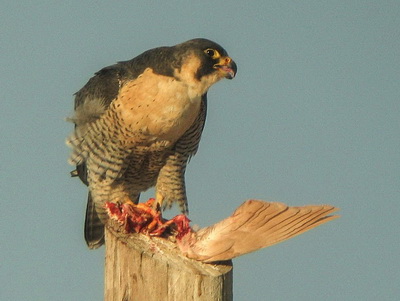

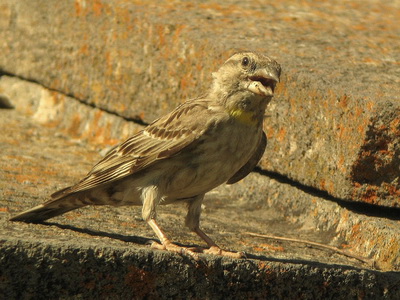
Crags in arid habitats are home to various raptors such as Bearded, Griffon and Egyptian Vultures, Golden Eagle, Long-legged Buzzard, Peregrine and rare Saker Falcon.

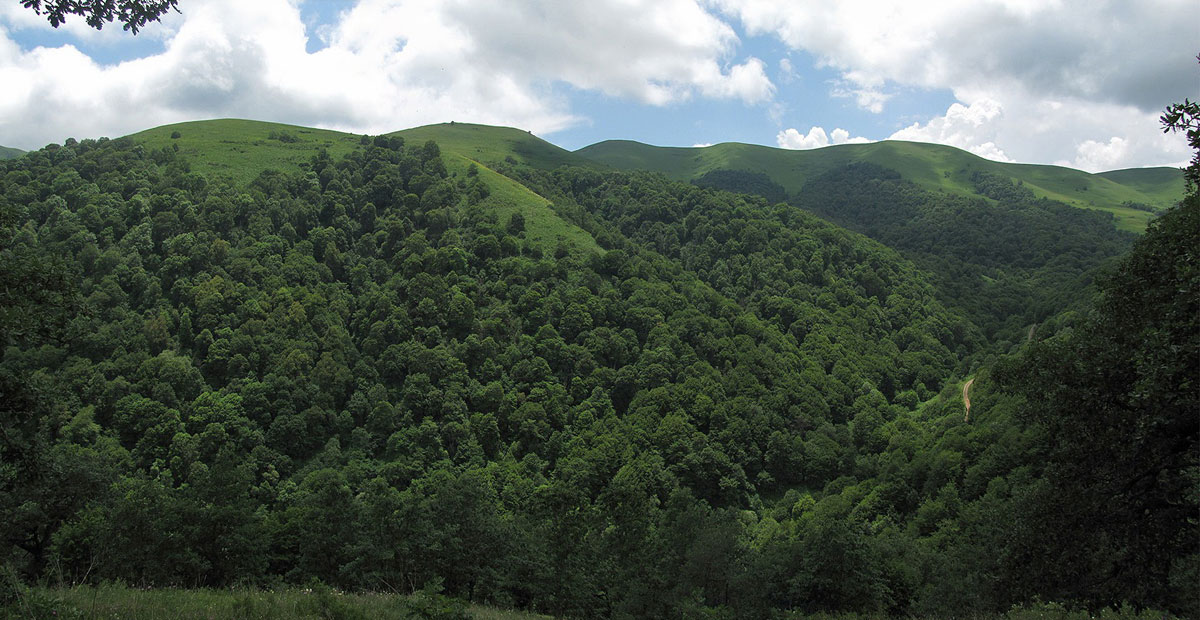
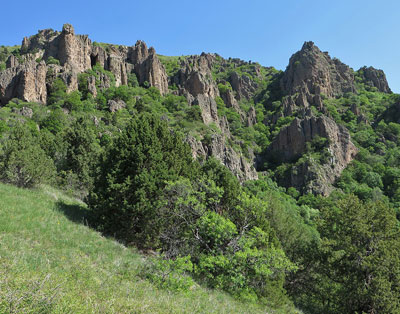
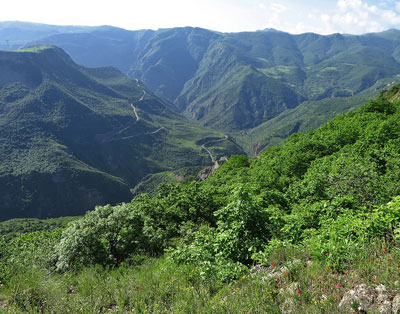
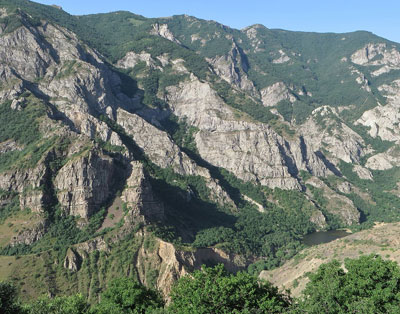
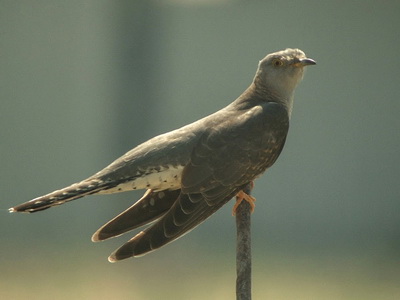

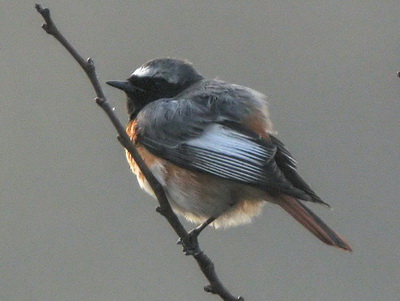

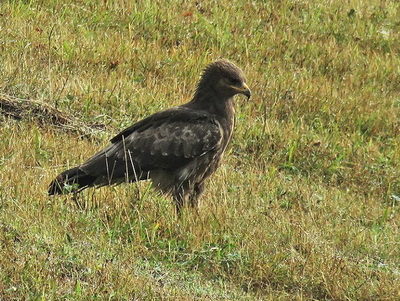
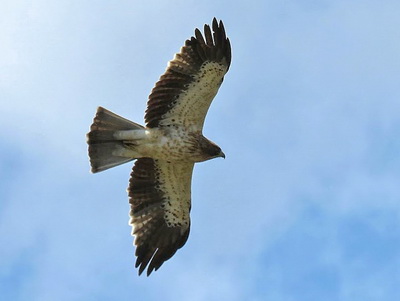
Mature deciduous mountain forests are found in north-eastern and south-eastern parts of Armenia. These are mainly composed of oak, beech, hornbeam, linden and various other trees and shrubs forming dense understory. Our primary targets here include Middle Spotted Woodpecker, the samamisicus Redstart, Green Warbler, Red-breasted and Semi-collared Flycatchers. Other birds of the area include Goshawk, Common and Honey Buzzards, Lesser Spotted and Booted Eagles, Stock Dove, Tawny Owl, Green, Black, Greater Spotted and Lesser Spotted Woodpeckers, Dunnock, Robin, Blackcap, Spotted Flycatcher, various tits, Eurasian Nuthatch, Treecreeper, Bullfinch and Hawfinch.

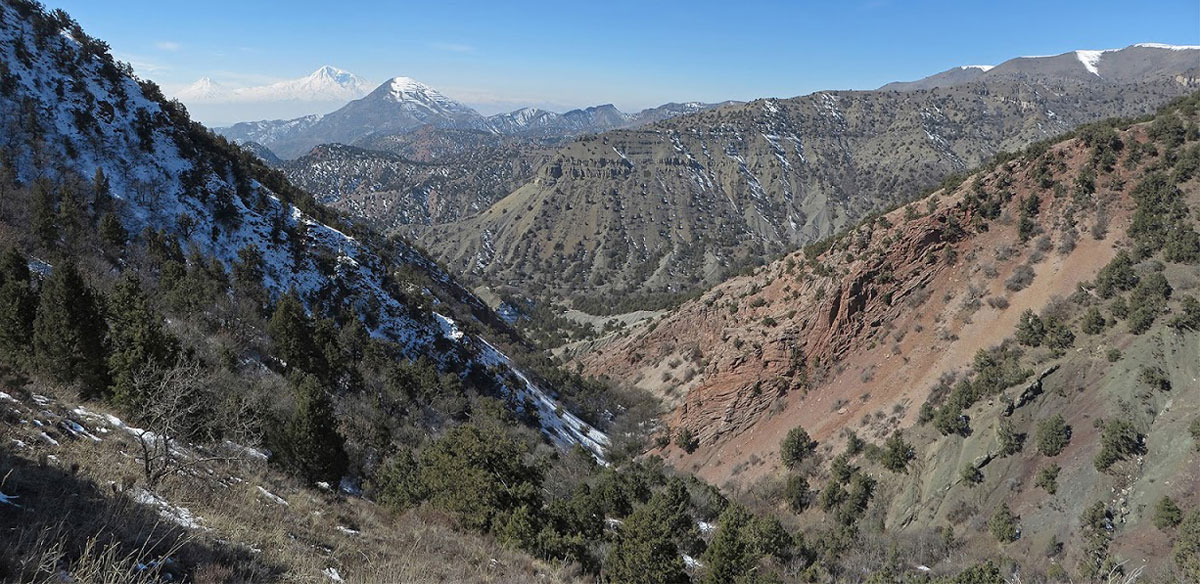
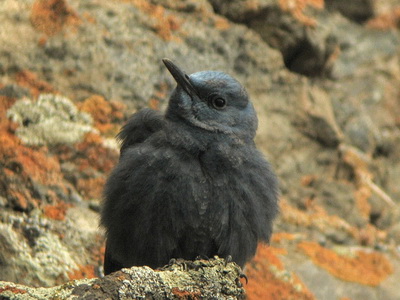

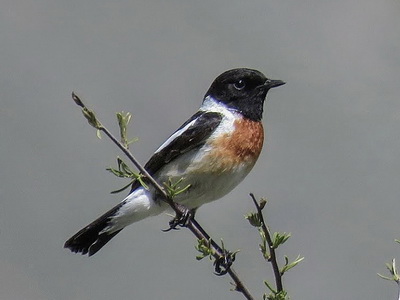
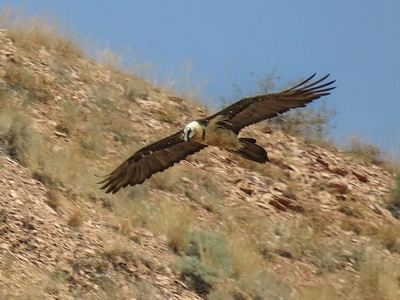


Open juniper forest is less widespread in the country and is the main element of Mediterranean type landscape, often associated with rock outcrops and areas covered with phrygana vegetation. Here we find various raptors, such as Cinereous and other vultures, Golden, Booted and Short-toed Eagles, Long-legged Buzzard and Peregrine. Other species here include Chukar, Turtle Dove, Alpine Swift, Roller, Crag Martin, Ring Ouzel, Blue Rock Thrush, Eastern Black-eared Wheatear, Eastern (‘Armenian’) Stonechat, Eastern and Western Rock Nuthatches, Lesser Whitethroat, Red-fronted Serin and Rock Bunting, and in southern Armenia also Sombre Tit.

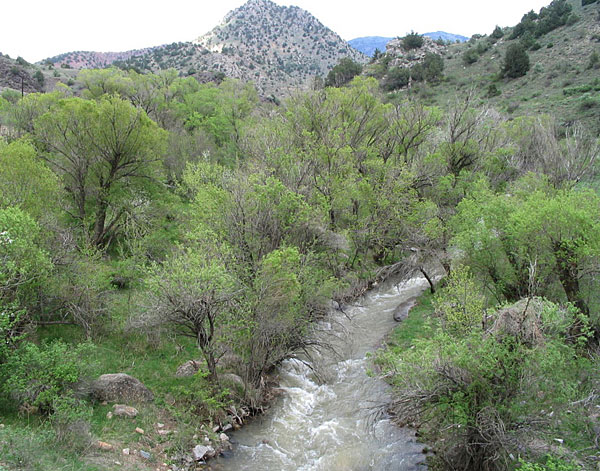
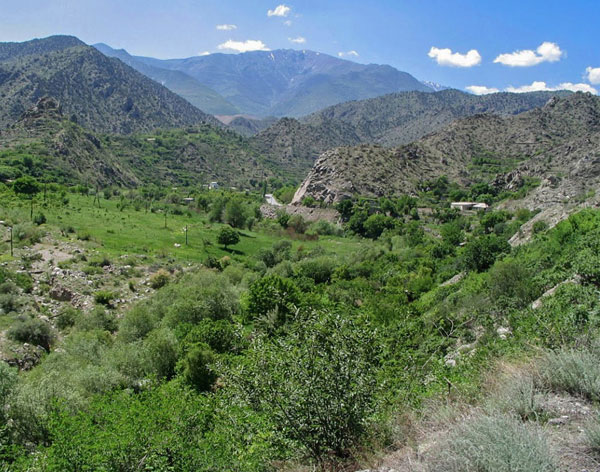

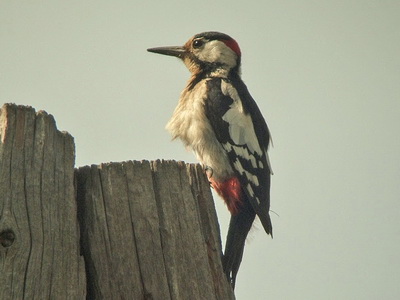

Gallery forest and orchards in river valleys throughout the southern Armenia are home to Levant Sparrowhawk, Hobby, Scops Owl, Syrian Woodpecker, Golden Oriole, Long-tailed Tit, Spotted Flycatcher, Eastern Olivaceous Warbler and Common Nightingale, in extreme south of the country these additionally offer Black Francolin. Rivers here inhabited with Dipper and Grey Wagtail.

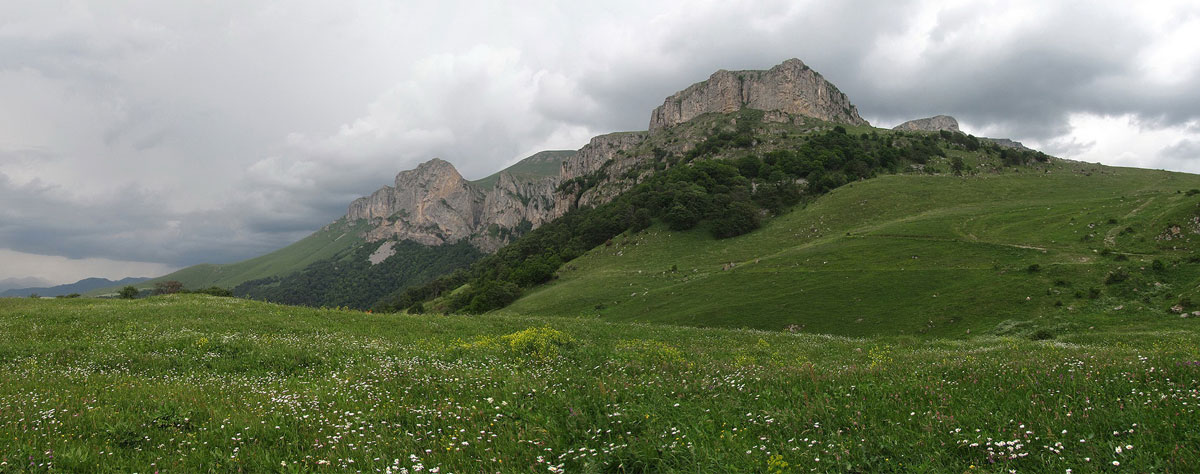

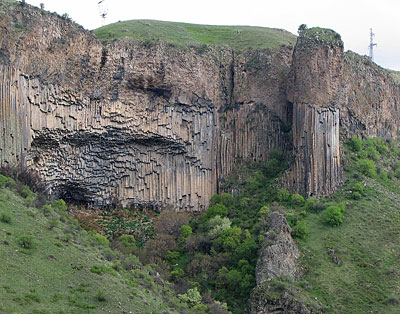

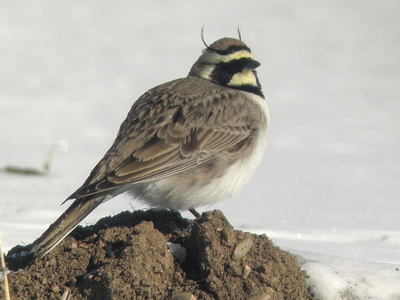

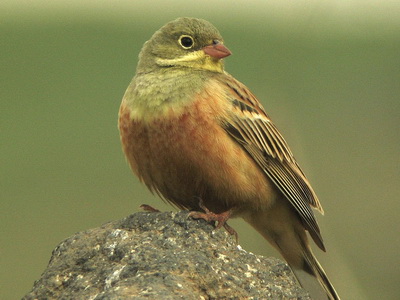

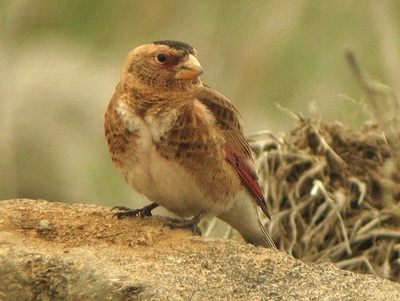
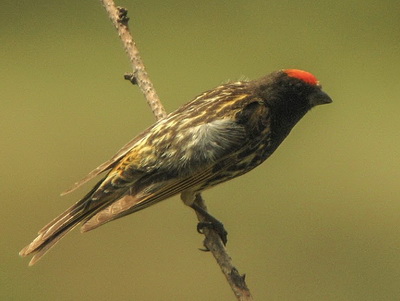
High altitude birding is an integral component of our tours. Scenic subalpine meadows on elevated plateaus covered with flowers and bushes, deep rocky gorges with mountain streams offer great birding with species like Grey Partridge, Alpine Swift, Skylark, Horned Lark, Water Pipit, Tree Pipit, Crag Martin, Radde’s Accentor, Whinchat, ‘Caucasian’ Bluethroat, Black Redstart, Rufous-tailed Rock Thrush and Ring Ouzel, Barred Warbler, Western Rock Nuthatch, Rock Sparrow, Snowfinch, Twite, Crimson-winged Finch, Red-fronted Serin, Ortolan Bunting and Red-billed Chough.


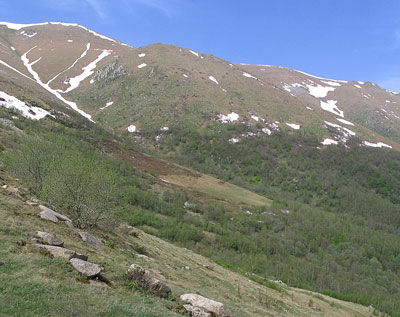
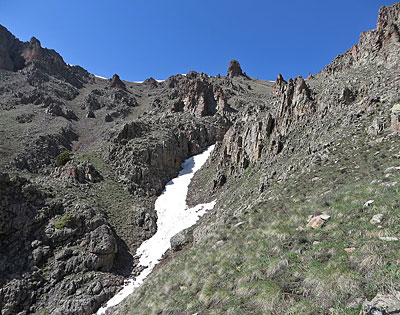



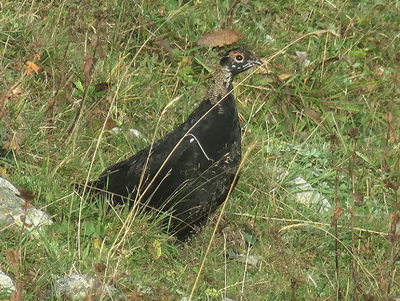
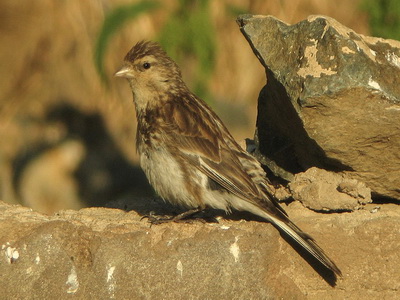

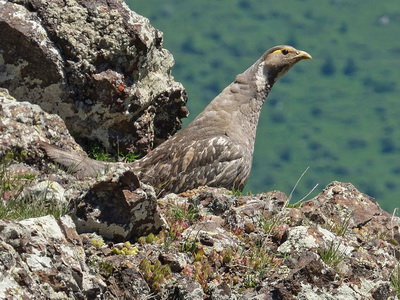
Mountain meadows with talus fields at upper timberline are habitat for Caucasian Grouse, while higher up towards the ridge tops on steep slopes amongst inaccessible crags there found Caspian Snowcock, Alpine Accentor and Wallcreeper.
A good selection of raptors is usually found in subalpine belt as well including all European vultures, Golden, Lesser Spotted, Booted and Short-toed Eagles, Black Kite, Long-legged, Common and Honey Buzzards, Peregrine, Hobby, Common and Lesser Kestrels, Eurasian Sparrowhawk and Goshawk.

Other fauna commonly encountered during our tours:
A wide range of invertebrates – butterflies, dragonflies, arachnids etc.
Herps: Hyla savygnii, Hyla orientalis schelkownikovi, Pelophylax ridibundus, Bufotes viridis, Mauremys caspica, Darevskia raddei, Darevskia nairensis, Lacerta media, Lacerta strigata, Paralaudakia caucasia, Eremias strauchi Ophisops elegans, Natrix tesellata, Zamenis hohenckeri, Eirenis spp., Elaphe sauromates, Platyceps najadum, Montivipera raddei, Macrovipera lebetina, Vipera (Pelias) eriwanensis and others.
Mammals: Red Fox, Golden Jackal, Grey Wolf, Jungle Cat, Weasel, Brown Bear, Bezoar Goat, various voles and jirds, Caucasian Squirrel.
